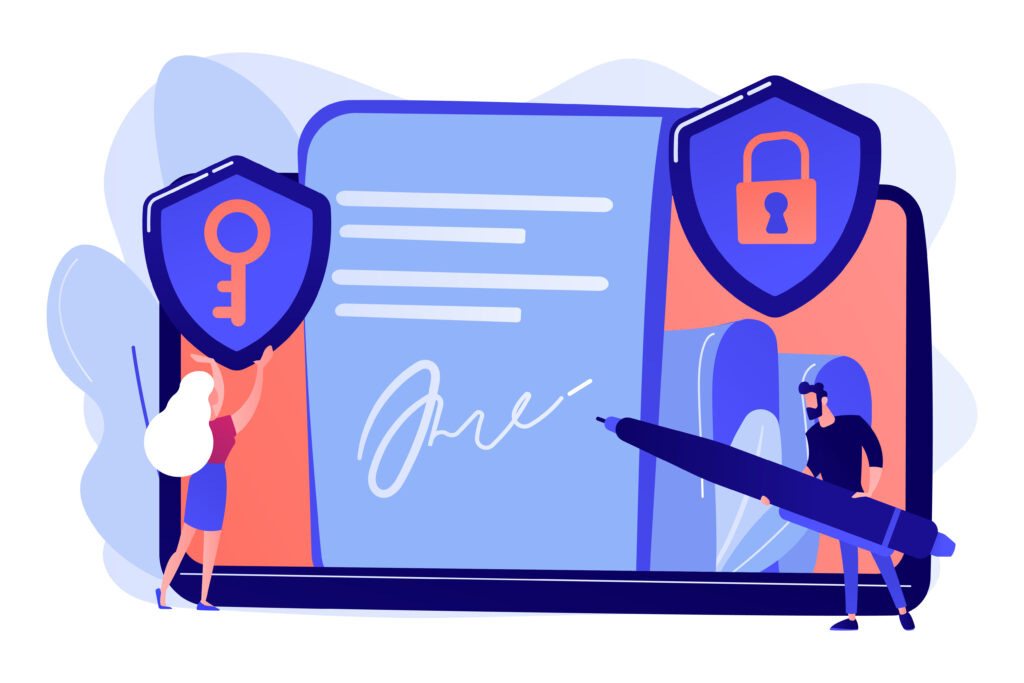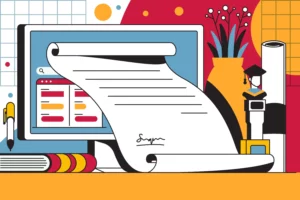End User License Agreement (EULA) is an essential aspect of the software industry. When installing computer software, putting an app on your phone, or signing up for an online service, you usually have to agree to an EULA.
This legal agreement between a software developer and the end user governs the use of a software product. It outlines the terms and conditions that the user must comply with to use the software. EULAs are made to protect software creators’ rights and make sure users know what they can and can’t do with the software.
In this complete guide, we’ll cover everything you need to know about them. We’ll talk about what’s in a regular EULA, why it helps software makers and companies, and how to make a good one. We’ll also discuss how EULAs affect users, problems with EULAs in different countries, what they usually say, and if they’re legal in India.
Understanding End User License Agreement

Understanding End User License Agreements is essential for both software developers and end users. An EULA, which stands for End-User License Agreement or simply software agreement, is a legal paper that explains the rules for using software. It says who owns the software and what users can and can’t do with it.
EULAs help software creators by saying how their software can be used. They stop people from sharing it without permission or copying it illegally. They also make clear who owns the software, what you can’t do with it, and which laws apply to the agreement. Familiarizing oneself with EULAs is crucial for complying with software licensing terms and avoiding potential legal consequences.
Importance Of End User License Agreements
An EULA is important because it explains the rules for both software creators and users. It tells people how they can use the software and safeguards the rights of the creators. It spells out what users can and can’t do with the software, which helps stop sharing it without permission, copying it illegally, and getting into legal trouble.
Furthermore, an EULA offers transparency, shedding light on users’ rights and responsibilities in utilizing the software. It serves as a crucial tool for fostering trust and clarity between developers and users, outlining the terms of engagement comprehensively.
Through clear articulation of rights, restrictions, and legal parameters, a meticulously crafted EULA minimizes uncertainties and mitigates potential risks for both parties. Ultimately, it plays a pivotal role in building a foundation of trust, reducing legal liabilities, and fostering a fair and equitable relationship between developers and users.
Related Article: What’s The Difference Between Agreement And Contract
Key Components of a Standard End User License Agreement
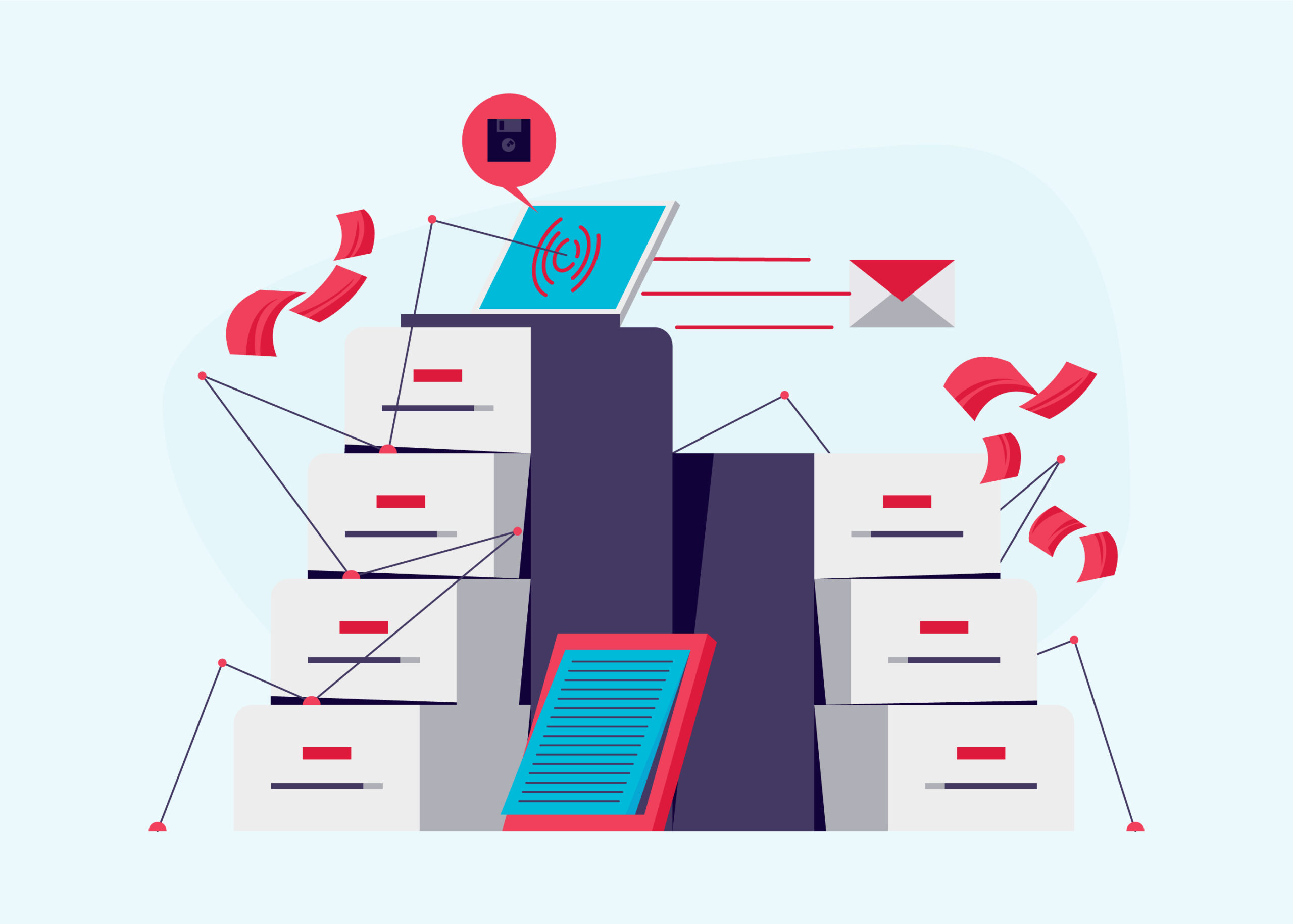
A standard End User License Agreement typically consists of several key components that define the rights and responsibilities of both the software developer and the end user. These components include:
- License Scope and Usage Rights: This part explains what the user is allowed to do with the software and how they can use it.
- Restrictions and Limitations on Use: It says what you can’t do with the software, like taking it apart or sharing it without permission.
- Intellectual Property Rights: This component addresses the intellectual property rights of the software developer and may include provisions related to copyright, infringement, and ownership.
License Scope and Usage Rights
The license scope and usage rights section of an EULA is crucial in defining the terms of use for a software product. It outlines the specific rights granted to the end user and any limitations or restrictions placed on those rights.
This part usually says how you can use the software, like if it’s for personal or business use, or if you can use it on more than one device. It might also talk about if you can give the license to someone else and if there are any rules or fees for doing that.
When software developers clearly explain what their license allows and how the software can be used, they make sure it’s used the way they want and stop people from using or sharing it without permission.
Restrictions and Limitations on Use
EULAs typically include restrictions and limitations on the use of the software. These restrictions may include prohibiting the user from reverse engineering, decompiling, or disassembling the software. This is done to protect the intellectual property rights of the software developer.
These agreements can also protect software developers from getting blamed for any problems caused by the software, like if it damages a computer or causes someone to lose money. They might say the developer isn’t responsible for these kinds of problems. This helps the developer avoid getting sued and makes it clear what the user needs to watch out for when using the software.
Intellectual Property Rights
Intellectual property rights are a crucial aspect of EULAs. These agreements address the ownership and protection of the software developer’s intellectual property rights. By including clauses on copyright ownership, EULAs make it clear that unauthorized use or distribution of the software may constitute copyright infringement.
EULAs may also outline the remedies available to the software developer in case of infringement. Users need to follow the rules in the agreement and respect the software developer’s ownership rights. By doing so, users can avoid getting into legal trouble. These agreements help developers keep their creations safe and make sure they’re used the way they’re supposed to be.
Related Article: How To Manage Contract Risk: A Comprehensive Guide
How EULAs Protect Software Developers and Companies

EULAs play a crucial role in protecting software developers and companies. Defining the scope of the license and usage rights ensures that users are aware of the terms and conditions under which they can use the software. These agreements also set restrictions and limitations on use to prevent unauthorized distribution and piracy.
Additionally, EULAs limit liability for damages, protecting software developers from legal claims. Crafting an effective agreement that outlines these protections is essential for software developers and companies to safeguard their intellectual property and maintain control over the use of their software.
Preventing Unauthorized Distribution and Piracy
EULAs act like a set of rules that protect software developers and companies from having their software shared without permission. It’s kind of like when you borrow a book from the library; you’re only allowed to read it yourself, not make copies to give to your friends. Similarly, EULAs say that you can only use the software for yourself or your business, and you can’t give it to others without permission.
If someone does share the software without permission, it’s like lending the library book to someone else without asking first. This can cause problems because the software creator might lose money or not be able to control who uses their software. So, having rules in the EULA that say you can’t share the software without permission, helps the software creator and company protect their work and make sure they can keep making more software in the future.
This rule in the EULA is like a fence around the software, keeping it safe from being used or shared without permission. For software makers and companies, it’s crucial to control who gets to use their creations and how they’re shared. When someone breaks this rule and shares the software without permission, it’s like breaking into someone’s house and taking things without asking.
Just like how the law protects people’s homes, the EULA protects the software. And if someone breaks this rule, the company can take them to court, just like how the police might catch a thief. This way, the software stays safe, and the company can keep making money from it.
Limiting Liability for Damages
EULAs sometimes have rules that say software developers and companies aren’t responsible for certain types of problems that might happen when people use their software. These rules usually mean they won’t be blamed for big losses like losing money or getting hurt.
By having these rules in the agreement, software developers can avoid getting sued if something goes wrong with their software. However users need to know about these rules and get legal advice if they’re worried about how much responsibility the software developer has.
Related Article: Website Privacy Policy: Crafting An Effective Document 101
Crafting an Effective EULA: Best Practices
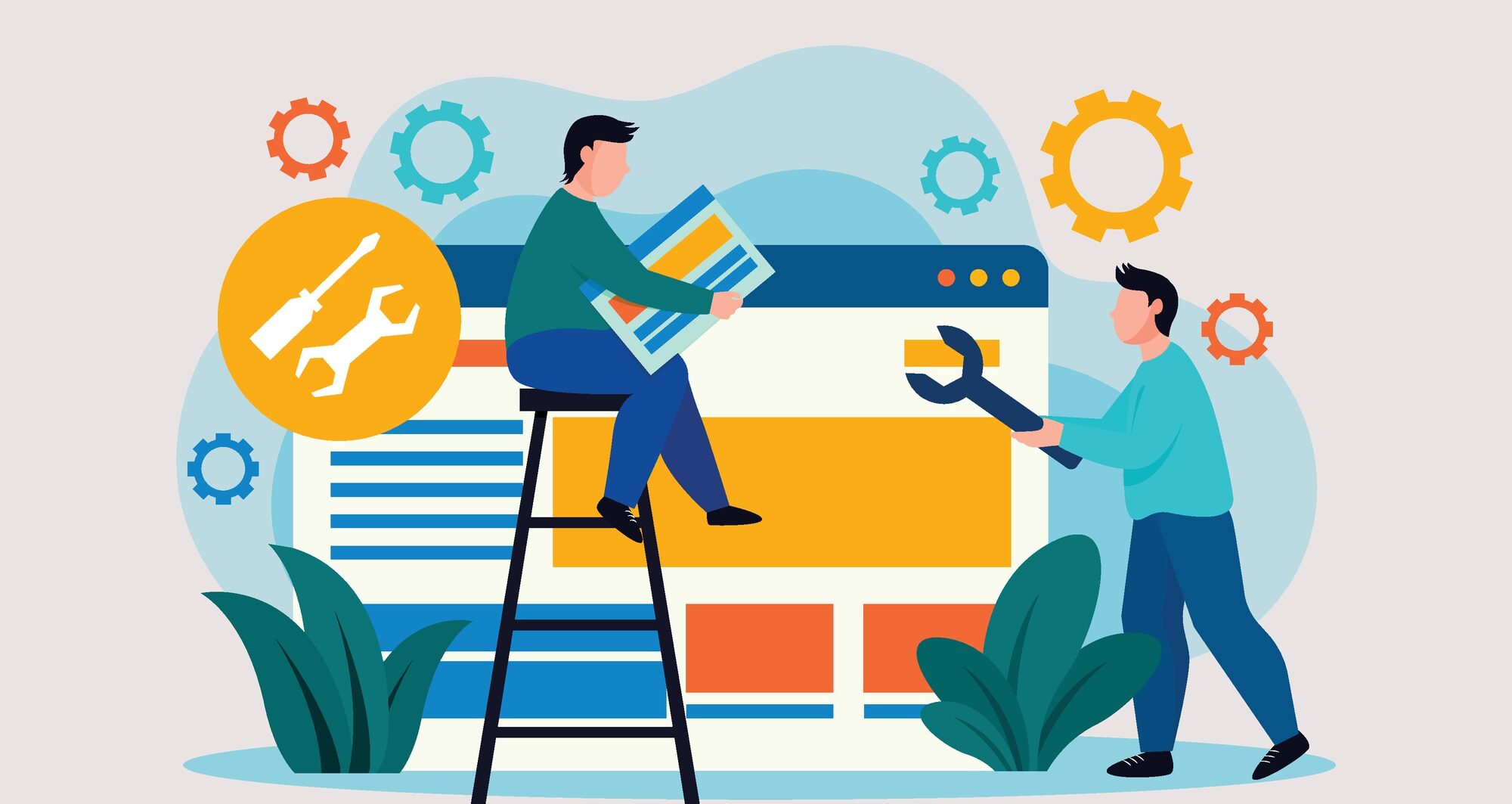
Crafting an effective EULA requires careful consideration of key factors. Firstly, ensuring clarity and readability is essential to ensure that users understand their rights and obligations. These agreements should be written in plain language that is easy to understand.
Also, it’s important to make fair rules about how the software can be used, balancing the rights of the software developer with giving users the ability to use the software well. And getting advice from a lawyer when making this agreement can make sure all the right legal stuff is included and done correctly.
Ensuring Clarity and Readability
Clarity and readability are vital aspects of an effective EULA. Language should be clear and concise to ensure that users understand their rights and obligations. Avoiding complex legal jargon and using plain language can enhance readability. Legal professionals can guide how to present information, address potential loopholes, and ensure that the agreement achieves its intended purpose of protecting the software developer’s rights while providing users with a comprehensive understanding of the agreement.
Incorporating Fair Usage Policies
Incorporating fair usage policies into an EULA is crucial for striking a balance between protecting the software developer’s rights and allowing users to utilize the software effectively. Fair usage policies outline the acceptable and expected ways in which the software can be used.
They may include restrictions on the number of users, the volume of records processed, or the size of the business using the software. Fair usage policies can also address specific use cases, such as restricting the software’s use in certain industries or for specific purposes. By clearly defining fair usage policies in the EULA, software developers can ensure that their products are used for their intended purposes and prevent misuse or unauthorized use.
Related Article: Master Contract Generation: A Comprehensive Guide
The Role of EULAs in User Experience
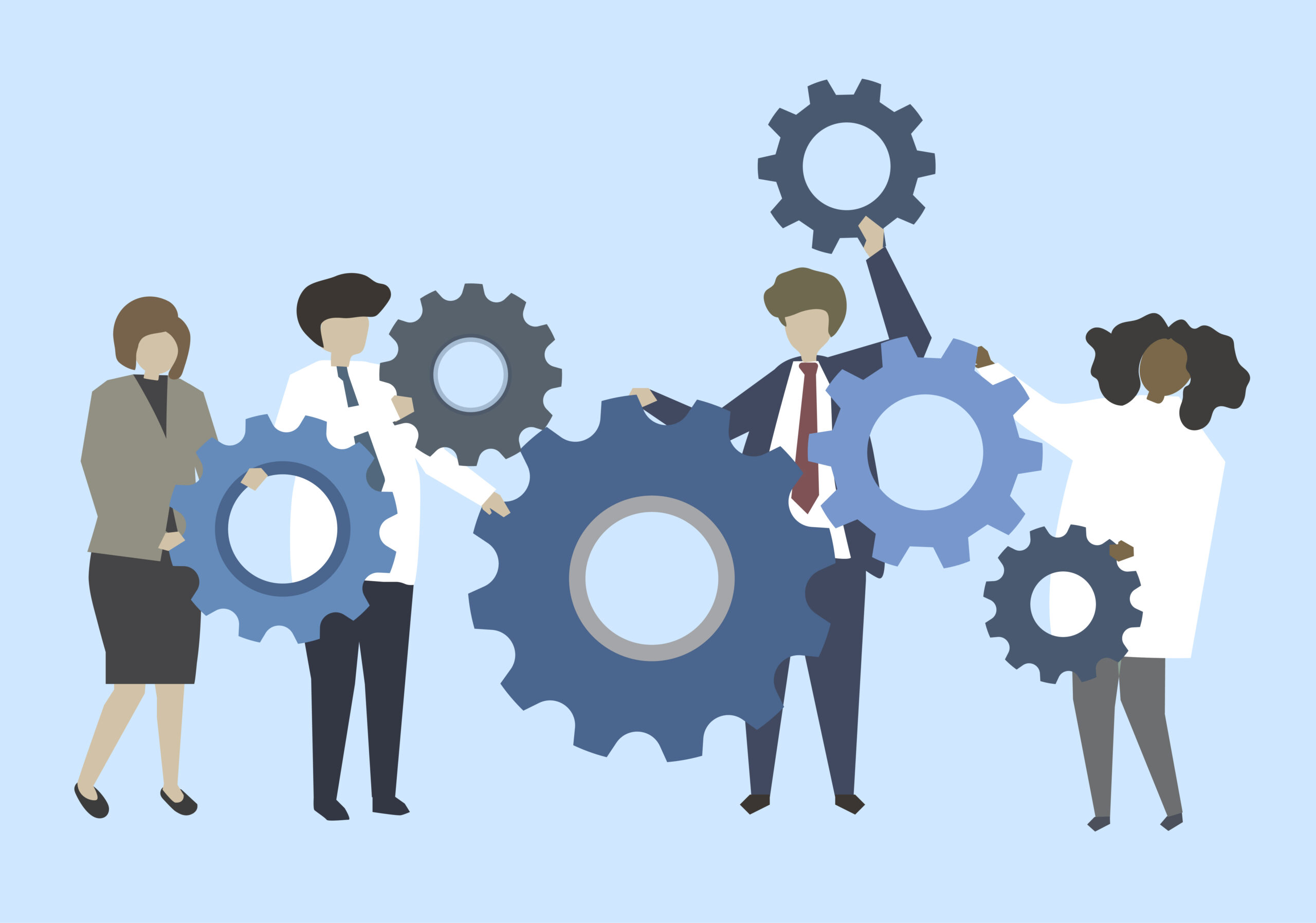
EULAs play a significant role in user experience by providing legal protection for software developers while maintaining a positive user engagement. By clearly outlining the scope of the license, usage restrictions, and intellectual property rights, these agreements set expectations for users and help build trust between software developers and their customers.
EULAs also enable software developers to protect their intellectual property rights and prevent unauthorized distribution or misuse of their software. By striking a balance between legal protection and user convenience, EULAs contribute to a positive user experience and ensure a mutually beneficial relationship between software developers and users.
Balancing Legal Protection with User Convenience
Balancing legal protection with user convenience is essential when crafting an EULA. While it is crucial to protect the software developer’s intellectual property rights and limit liability for damages, it is equally important to ensure that this agreement does not create unnecessary hurdles for users.
The agreement should be presented in a clear and concise manner that is easily understandable to users. It should also be easily accessible and readily available for users to review. Providing excellent customer service and addressing any user concerns related to the agreement can help maintain a positive user experience while still protecting the software developer’s legal interests.
Related Article: What Is Clickwrap Agreement: An Effective Guide In 2024
What are the common components and clauses of an EULA?
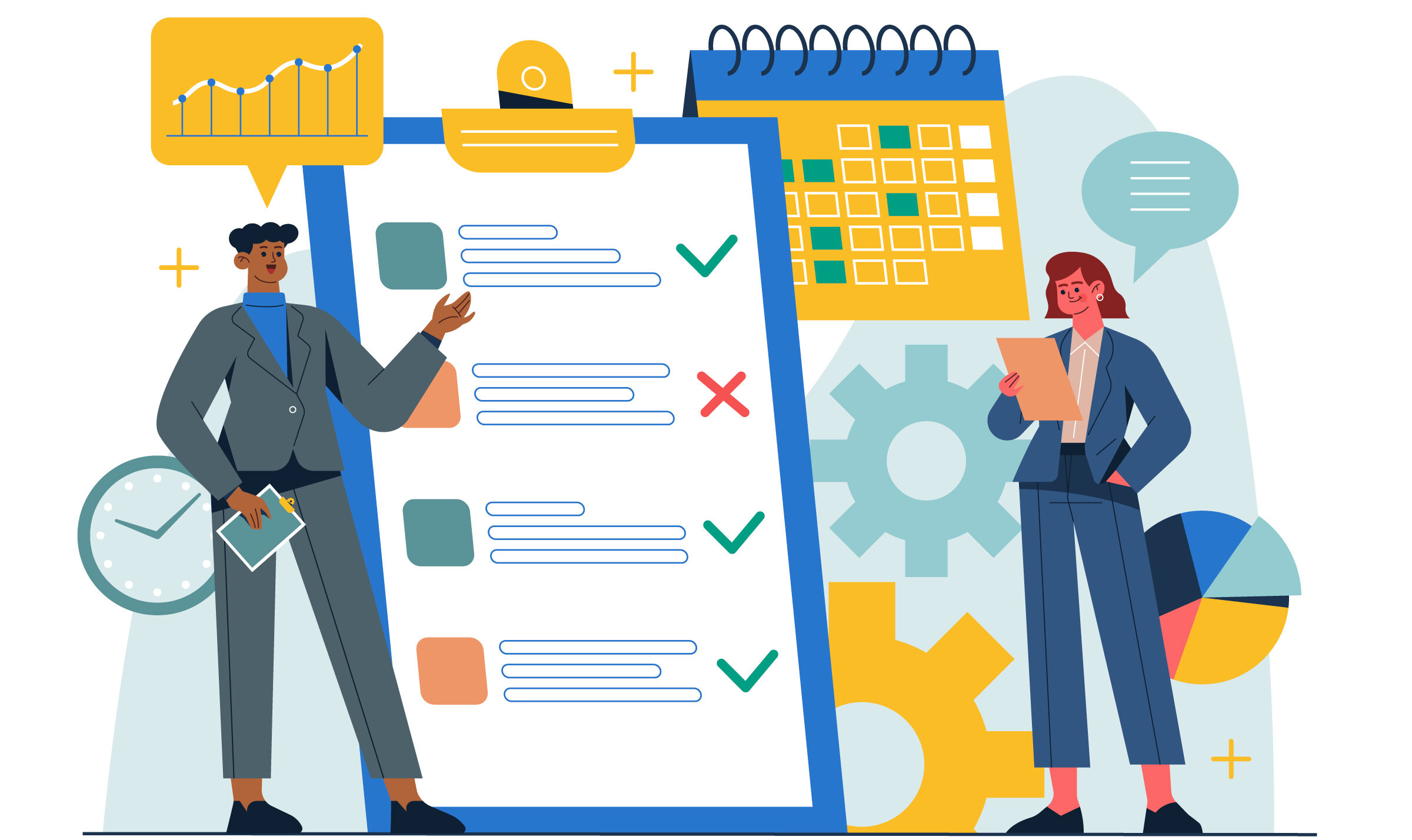
Common components and clauses of an EULA include infringement acknowledgement, licensor information, and disclaimer of warranty. The infringement acknowledgement clause asserts the software developer’s copyright ownership and warns users against copyright violations.
The licensor information clause provides details about the software developer and their rights. The disclaimer of warranty clause clarifies that the software is provided “as is” and disclaims any warranties regarding its fitness for a particular purpose. These components and clauses are essential in protecting the intellectual property rights of the software developer and setting clear expectations for users.
Infringement Acknowledgement
The infringement acknowledgement clause is a crucial component of EULAs. It serves to acknowledge the intellectual property rights of the software developer and warns users against copyright violations. By including this clause, the software developer asserts their copyright ownership and makes it clear that any infringement of these rights may result in legal consequences.
This clause also helps protect the software developer from liability in case users violate copyright laws. Additionally, it is important to include a disclaimer of warranty clause to clarify that the software is provided “as is” and to disclaim any warranties regarding its fitness for a particular purpose. These clauses work together to protect the intellectual property rights of the software developer and set clear expectations for users.
Licensor information
The licensor information clause is an important component of EULAs as it provides essential details about the software developer. This clause typically includes information about the licensor’s name, address, and contact information. By providing this information, the software developer establishes transparency and allows users to identify and communicate with the licensor easily.
This clause also clarifies the relationship between the licensor and the licensee, setting out the terms of the agreement and the rights and responsibilities of each party. Additionally, the agreement may include information about the commercial items being licensed and any other relevant details necessary for users to understand the scope and limitations of the agreement.
Related Article: Contract End Date: When Does Your Contract End?
FAQs
What Happens if You Violate an EULA?
If you violate an EULA, the consequences may vary depending on the specific terms of the agreement. Penalties for violation can include termination of the license, legal action, and potential damages. It is important to carefully review and comply with the terms of the EULA to avoid violating the agreement and facing these consequences.
Are there any common misconceptions about EULAs that users should be aware of?
There are several common misconceptions about EULAs that users should be aware of. One misconception is that EULAs are not legally binding. In reality, these agreements are enforceable contracts that outline the terms and conditions of software use. Users need to read and understand this agreement before using the software to avoid any misunderstandings or violations.
How can users ensure they are complying with the terms of an EULA?
Users can ensure they are complying with the terms of an EULA by carefully reviewing and understanding the agreement before using the software. It is important to adhere to any restrictions, limitations, and usage guidelines specified in the EULA.
Conclusion
In conclusion, understanding End User License Agreements is crucial for both software developers and users. EULAs serve to protect intellectual property rights, prevent unauthorized distribution, and limit liability. Crafting an effective agreement involves ensuring clarity, incorporating fair usage policies, and balancing legal protection with user convenience.
By navigating international legal variances and adapting EULAs for different jurisdictions, companies can enhance user experience and engagement. Users need to acknowledge infringement, verify licensor information, and comply with agreement terms for a seamless software experience. Stay informed and compliant to make the most of your software agreements
